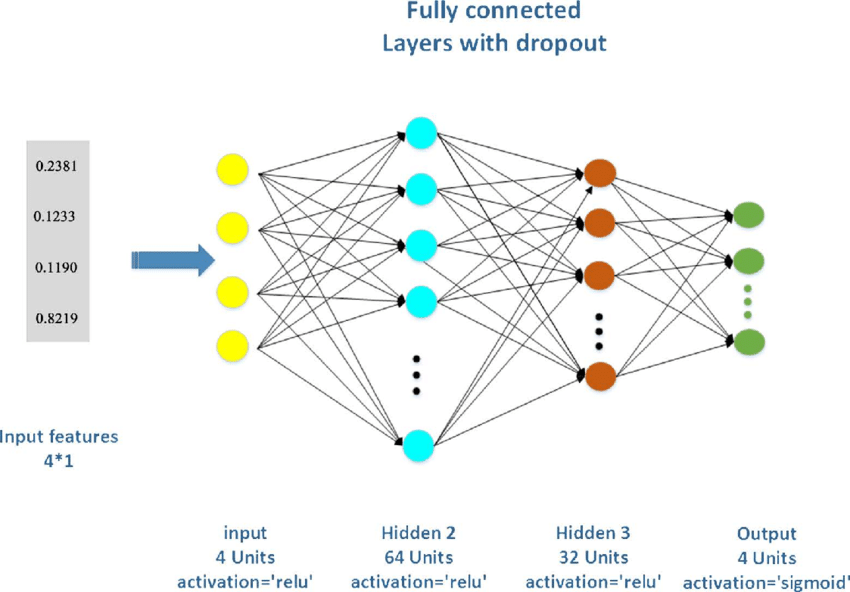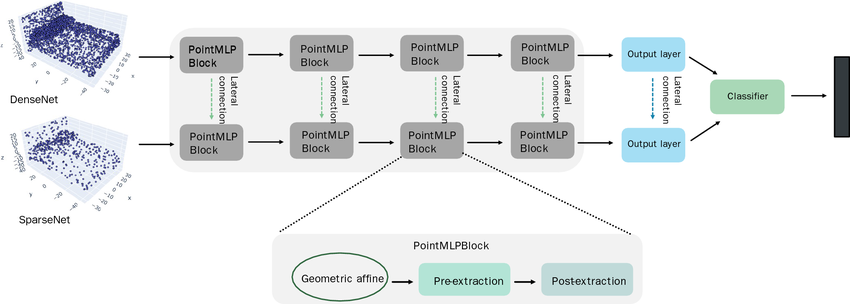Sparsity of a Network
Sparsity of a Network: Understanding Gaps in Connections
In network analysis, the term “sparsity” helps us determine how loosely or densely connected the elements (nodes) within a network are. Here’s a breakdown of what this means and why it matters.
Dense vs. Sparse
-
Dense Network: Imagine a network where almost every possible connection between nodes exists. Think of a tightly knit group of friends.

-
Sparse Network: This is the opposite. Sparse networks have far fewer connections than the maximum possible. Think of a large online social network where most people are connected to only a small fraction of other users.

Why Does Sparsity Matter?
Sparsity plays a crucial role in numerous ways:
-
Efficiency: Sparse networks can be more efficient to store and analyze. Operations on them often take less computational effort as there are fewer connections to process.
-
Real-World Representation: Most real-world networks, like social networks, transportation grids, and biological pathways, tend to exhibit a degree of sparsity.
-
Identifying Key Relationships: Sparsity can help reveal the most critical connections or nodes in a network. These key players might exert substantial influence over the flow of information or resources.
Applications of Sparsity
The concept of sparsity has direct applications in various fields:
- Social Network Analysis (SNA): Analyzing sparse social networks helps to understand how information, rumors, or diseases might spread through a population.
- Computational Efficiency: In machine learning, sparse neural networks can be more computationally efficient and reduce overfitting.
- Recommender Systems: In systems like Amazon or Netflix, the data of user-item interactions is highly sparse. Algorithms leveraging this sparsity lead to better recommendations.
Measuring Sparsity
One common measure of sparsity is the network’s density. Here’s the formula:
Density = (Number of Existing Connections) / (Number of Possible Connections)
A density close to 1 indicates a dense network, while a density close to 0 indicates a sparse one.